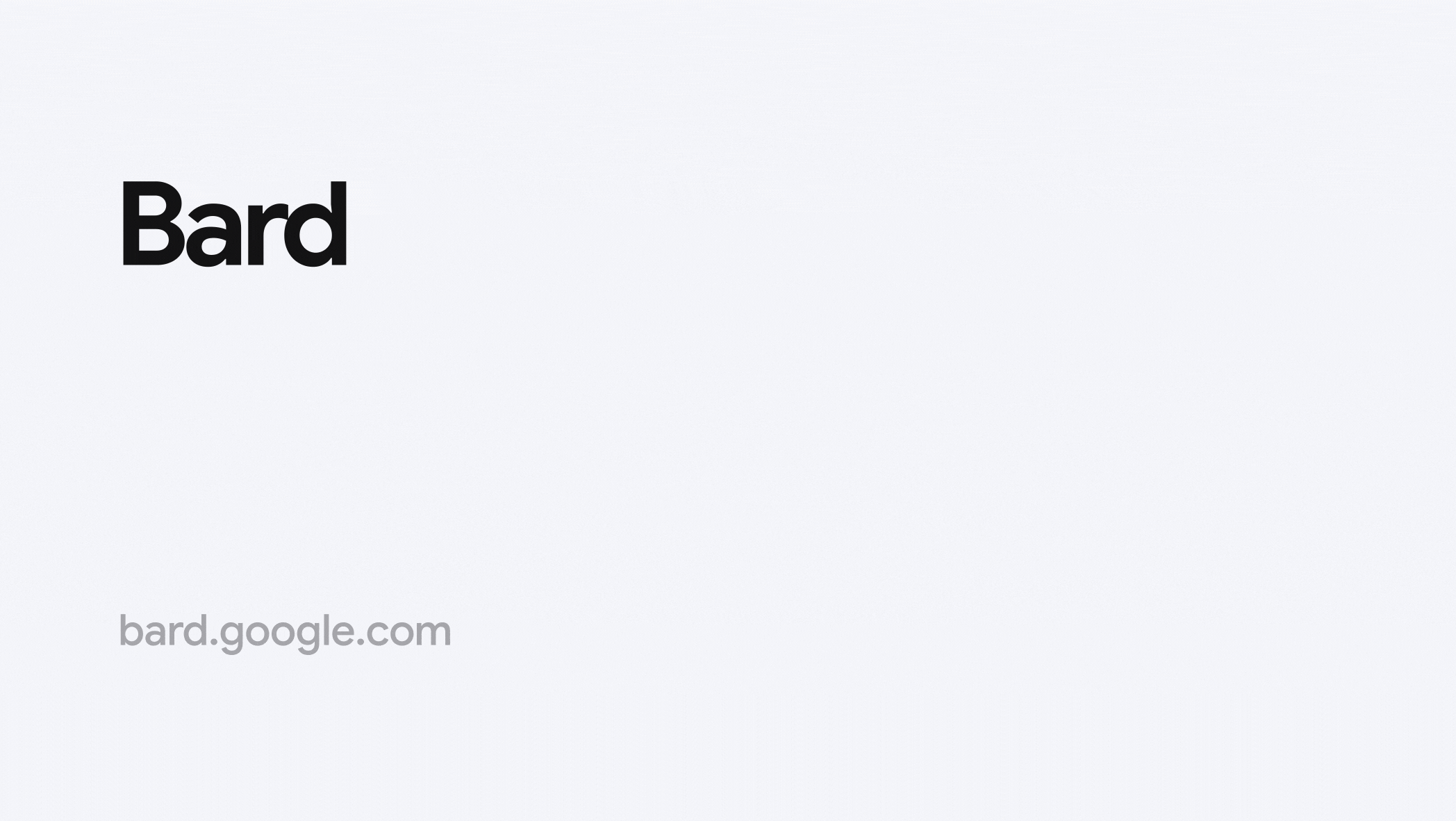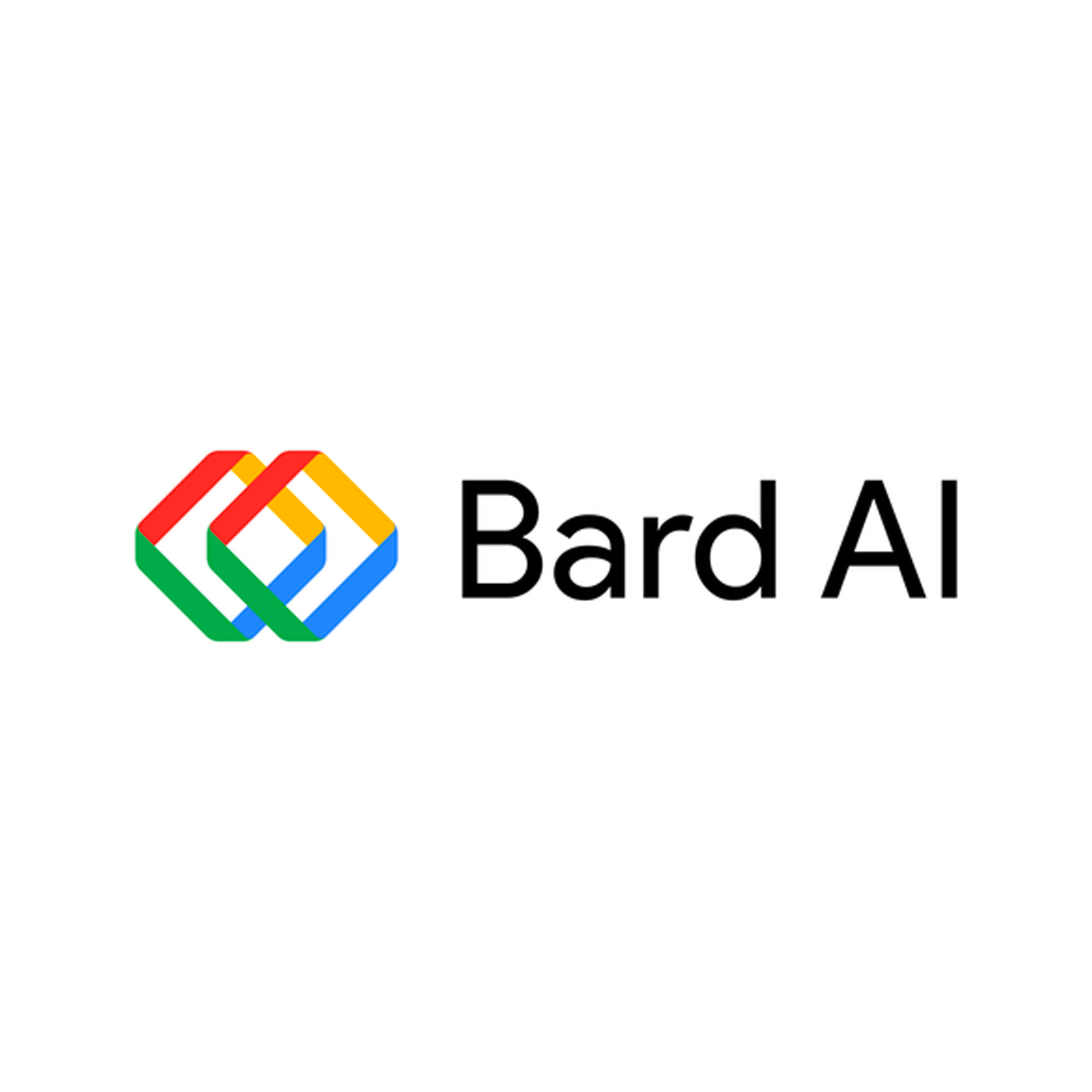Google Bard: A Digital Revolution In Storytelling
In the ever-evolving digital landscape, Google Bard emerges as a groundbreaking innovation, transforming the way we create and consume stories. This cutting-edge tool combines the prowess of artificial intelligence with the art of storytelling, offering users an unprecedented level of creativity and personalization. As technology continues to shape the future of content creation, Google Bard stands at the forefront, inviting users to explore new dimensions of narrative expression.
Google Bard is not just a tool; it is a creative partner that empowers individuals and businesses alike. By harnessing the capabilities of AI, it assists in crafting compelling and imaginative stories, tailored to the unique preferences of each user. This revolutionary platform democratizes storytelling, making it accessible to everyone, regardless of professional background or expertise. With its user-friendly interface and intuitive features, Google Bard is set to redefine the boundaries of digital creativity.
As we delve deeper into the world of Google Bard, we will explore its multifaceted applications, the technology behind its development, and the impact it has on various industries. Whether you are a writer seeking inspiration, a marketer aiming to engage audiences, or an educator looking to enrich learning experiences, Google Bard offers a plethora of opportunities to enhance your storytelling endeavors. Join us as we uncover the transformative potential of this innovative platform.
Read also:Viviana Serna A Star In The Making Biography Career And More
Table of Contents
- What is Google Bard?
- The Technology Behind Google Bard
- How Does Google Bard Work?
- Applications of Google Bard
- Google Bard in Education
- Impact on Marketing and Advertising
- Google Bard for Writers and Creators
- Ethical Considerations
- Future Prospects
- How to Get Started with Google Bard?
- Common Challenges
- Google Bard vs. Other AI Tools
- User Experiences
- FAQs
- Conclusion
What is Google Bard?
Google Bard is an innovative platform developed by Google that leverages artificial intelligence to assist users in crafting and personalizing narratives. It is an advanced tool designed for individuals and organizations seeking to create engaging content across various mediums. By utilizing machine learning algorithms and natural language processing, Google Bard facilitates the generation of creative and tailored stories, catering to the diverse needs of its users.
The Technology Behind Google Bard
The technological foundation of Google Bard is built upon state-of-the-art AI models and natural language processing techniques. At its core, Google Bard employs a sophisticated neural network architecture that enables it to comprehend and generate human-like text. This technology allows the tool to understand context, identify patterns, and produce coherent and contextually relevant narratives. Additionally, Google Bard integrates deep learning algorithms to continuously improve its performance and adapt to the evolving preferences of users.
How Does Google Bard Work?
Google Bard operates by analyzing user inputs and generating creative outputs based on predefined parameters. The process begins with users providing prompts or themes for their narratives. Google Bard then processes this information using its AI algorithms, generating multiple potential storylines. Users can further customize these narratives by adjusting elements such as tone, style, and character development. The platform offers a seamless and intuitive experience, enabling users to bring their creative visions to life.
Applications of Google Bard
Google Bard's versatility makes it applicable across a wide range of industries and domains. Some of the key applications include:
- Content Creation: Google Bard assists writers, bloggers, and journalists in generating engaging content for articles, blogs, and social media platforms.
- Marketing and Advertising: Businesses leverage Google Bard to create compelling narratives for campaigns, enhancing brand storytelling and audience engagement.
- Education: Educators use Google Bard to develop interactive learning materials, fostering creativity and critical thinking among students.
- Entertainment: The platform aids in scriptwriting and storyboarding for films, television shows, and video games, offering new avenues for creative expression.
Google Bard in Education
In the realm of education, Google Bard serves as a valuable tool for both teachers and students. Its capabilities enable the creation of interactive and immersive learning experiences, encouraging students to explore their creativity and develop critical thinking skills. Educators can utilize Google Bard to design engaging lesson plans, storytelling exercises, and collaborative projects. This fosters a dynamic and inclusive learning environment, where students are empowered to take an active role in their education.
Impact on Marketing and Advertising
Google Bard has a profound impact on the marketing and advertising sectors, offering businesses innovative ways to connect with their audiences. By crafting personalized and captivating narratives, companies can enhance their brand storytelling efforts, ultimately driving customer engagement and loyalty. Google Bard's AI-driven approach allows marketers to generate content that resonates with target audiences, creating memorable and impactful campaigns.
Read also:Guiding Light 858 Angel Number Meaning And Its Profound Impact
Google Bard for Writers and Creators
For writers and creators, Google Bard is a powerful ally in the creative process. Whether developing novels, screenplays, or poetry, the platform provides inspiration and guidance, helping creators overcome writer's block and explore new ideas. Google Bard's AI capabilities offer suggestions for plot development, character arcs, and stylistic elements, enabling creators to refine their work and achieve their artistic goals.
Ethical Considerations
As with any technological advancement, the use of Google Bard raises ethical considerations that must be addressed. Issues such as data privacy, intellectual property rights, and the potential for AI-generated misinformation are critical concerns. It is essential for users and developers to engage in responsible usage and implementation of the platform, ensuring that ethical guidelines are followed to maintain trust and integrity in the storytelling process.
Future Prospects
The future prospects of Google Bard are promising, with potential advancements in AI technology poised to further enhance its capabilities. As the platform continues to evolve, it is expected to offer even more sophisticated and personalized storytelling experiences. The integration of augmented reality and virtual reality technologies could open new dimensions of narrative immersion, providing users with unparalleled creative opportunities.
How to Get Started with Google Bard?
Getting started with Google Bard is a straightforward process. Users can sign up for an account on the platform and begin exploring its features. The user-friendly interface guides individuals through the creation of their narratives, offering tutorials and resources to assist them in maximizing the tool's potential. Whether you are a beginner or an experienced creator, Google Bard provides the support and flexibility needed to embark on your storytelling journey.
Common Challenges
Despite its many advantages, users may encounter common challenges when using Google Bard. These include:
- Learning Curve: Familiarizing oneself with the platform's features and capabilities may take time, especially for those new to AI-driven tools.
- Customization Limitations: While Google Bard offers a high degree of personalization, some users may find its customization options limited compared to traditional storytelling methods.
- Technical Issues: As with any digital platform, users may experience technical glitches or connectivity issues that could impact their creative process.
Google Bard vs. Other AI Tools
Google Bard distinguishes itself from other AI tools through its unique approach to storytelling. Unlike traditional content generation platforms, Google Bard focuses on narrative personalization and creative collaboration, offering users a more immersive and engaging experience. Its advanced AI algorithms and intuitive interface set it apart from competitors, making it a leading choice for individuals and businesses seeking innovative storytelling solutions.
User Experiences
User experiences with Google Bard have been overwhelmingly positive, with many praising its ability to inspire creativity and enhance storytelling capabilities. Testimonials from writers, educators, and marketers highlight the platform's impact on their respective fields, emphasizing its role in facilitating innovative and personalized content creation. Users appreciate the platform's ease of use, versatility, and the support it provides in overcoming creative challenges.
FAQs
- What is Google Bard? Google Bard is an AI-driven platform developed by Google that assists users in creating personalized and engaging narratives.
- How does Google Bard work? Google Bard analyzes user inputs to generate creative outputs, allowing users to customize elements such as tone and style.
- What are the applications of Google Bard? Google Bard is used in content creation, marketing, education, and entertainment to craft compelling narratives.
- What are the ethical considerations for using Google Bard? Ethical considerations include data privacy, intellectual property rights, and the potential for AI-generated misinformation.
- How can I get started with Google Bard? Users can sign up for an account on the platform and follow tutorials to explore its features and capabilities.
- What are the common challenges of using Google Bard? Challenges include the learning curve, customization limitations, and potential technical issues.
Conclusion
In conclusion, Google Bard represents a significant advancement in the realm of digital storytelling. Its innovative use of AI technology empowers users to create personalized and compelling narratives across various industries. As the platform continues to evolve, it promises to offer even more sophisticated and immersive experiences, shaping the future of content creation. Whether you are a writer, marketer, educator, or simply a storytelling enthusiast, Google Bard offers a wealth of opportunities to explore and express your creative potential.
Article Recommendations

